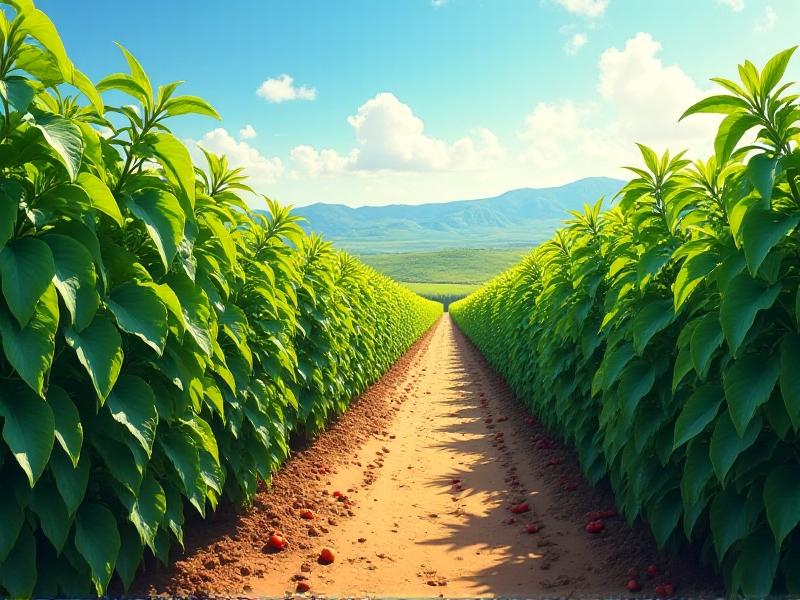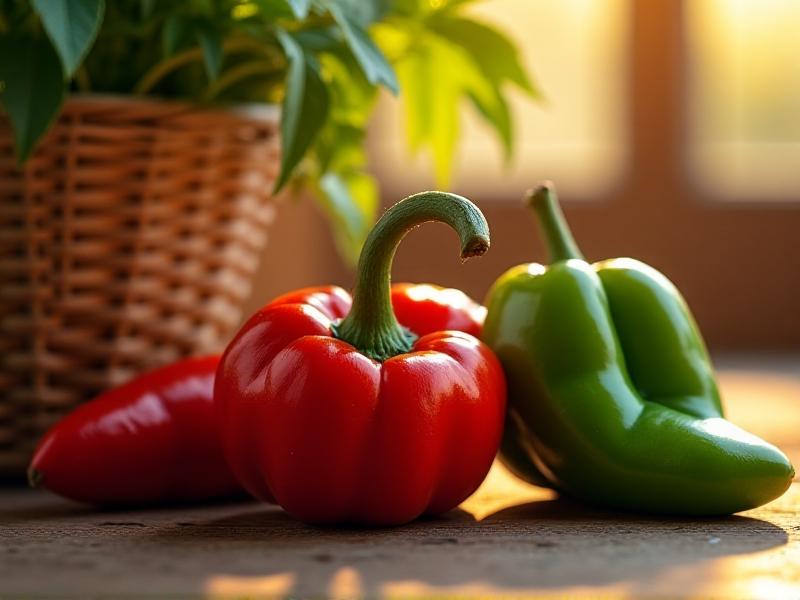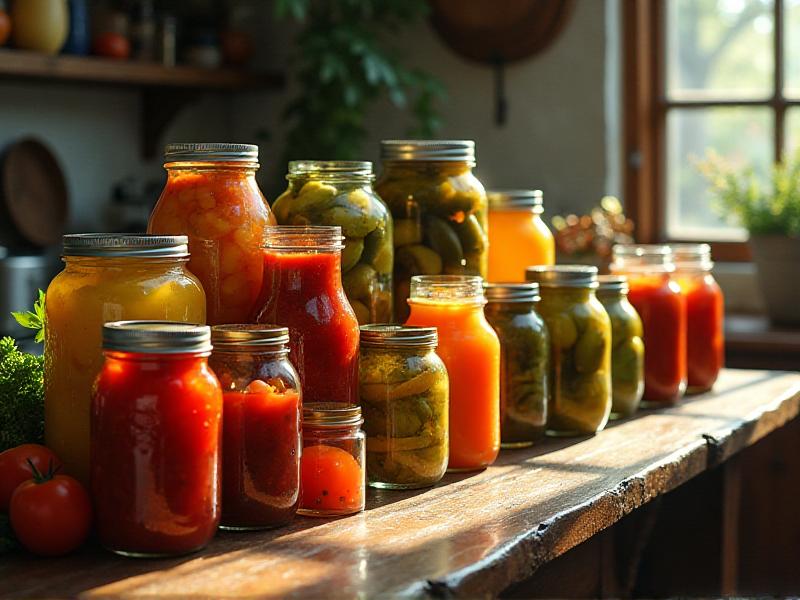Multi-Strain Fermentation for Complexity
The Art of Multi-Strain Fermentation: An Introduction
Fermentation is a time-honored process that has shaped the flavors of food and beverages for centuries. While single-strain fermentation has its merits, multi-strain fermentation introduces a layer of complexity that can elevate the final product to new heights. By combining different strains of microorganisms, producers can create unique flavor profiles, enhance nutritional value, and improve fermentation efficiency. This approach is particularly valuable in industries like brewing, winemaking, and artisanal food production, where depth and nuance are highly prized.
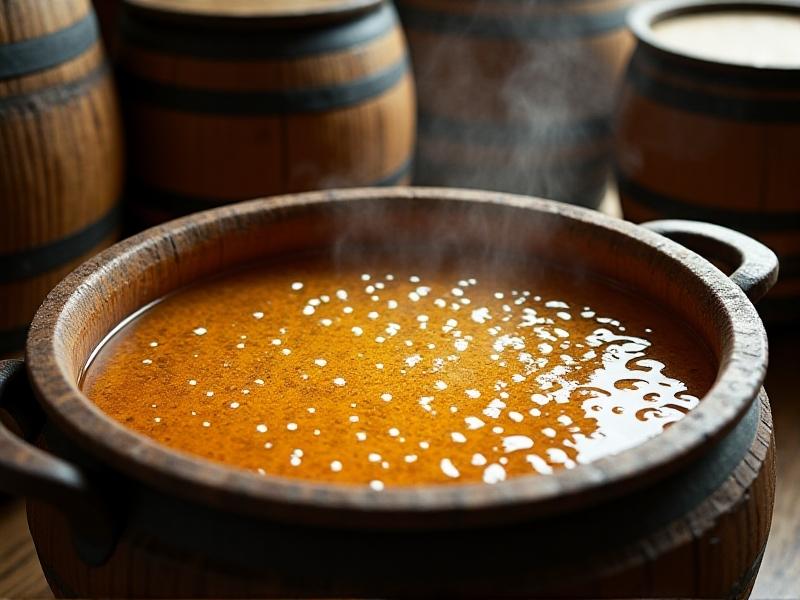
Understanding Microbial Diversity in Fermentation
At the heart of multi-strain fermentation lies microbial diversity. Each strain of yeast, bacteria, or mold brings its own set of enzymes and metabolic pathways, which interact in complex ways during fermentation. For example, Saccharomyces cerevisiae is known for its alcohol production, while Lactobacillus contributes acidity. When used together, these strains can create a balanced and intricate flavor profile. Understanding the roles of different microorganisms is key to designing a successful multi-strain fermentation process.

Benefits of Multi-Strain Fermentation
Multi-strain fermentation offers numerous advantages. It can enhance flavor complexity, improve fermentation efficiency, and increase the nutritional value of the final product. For instance, in sourdough bread, a combination of lactic acid bacteria and wild yeast creates a tangy flavor and a soft crumb. In beer brewing, using multiple yeast strains can produce a richer aroma and a more layered taste. Additionally, multi-strain fermentation can help mitigate the risks of contamination, as the diverse microbial community can outcompete unwanted invaders.
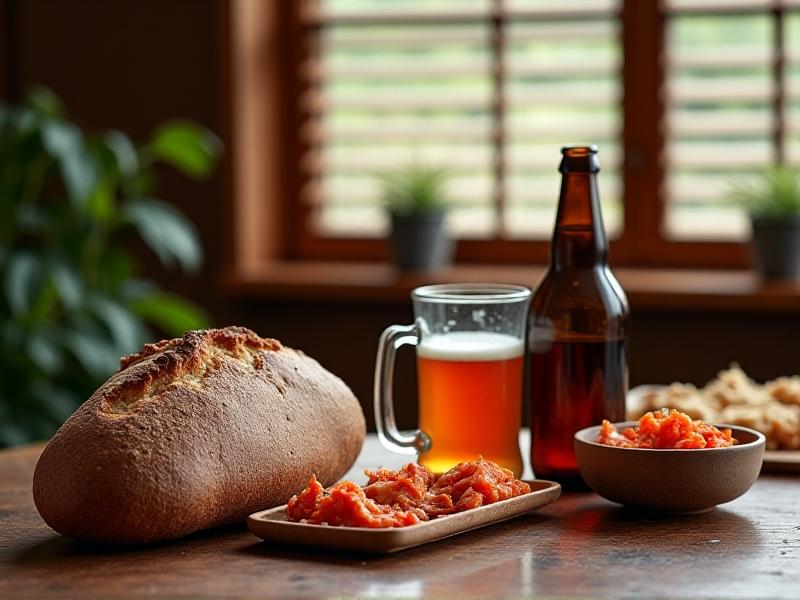
Challenges and Considerations
While multi-strain fermentation has many benefits, it also presents challenges. Balancing the growth and activity of different strains requires careful control of environmental factors like temperature, pH, and nutrient availability. Additionally, predicting the interactions between strains can be difficult, as they may compete or synergize in unexpected ways. Producers must also consider the scalability of multi-strain fermentation, as industrial processes often require consistency and reproducibility. Despite these challenges, the potential rewards make it a worthwhile endeavor for many.
Applications in Food and Beverage Production
Multi-strain fermentation is widely used in the food and beverage industry. In winemaking, spontaneous fermentation with indigenous yeast and bacteria can produce wines with unique regional characteristics. In cheese production, a combination of bacterial strains contributes to the development of flavor and texture. Even in non-alcoholic beverages like kombucha, multi-strain fermentation is essential for creating the signature tangy taste and effervescence. These applications demonstrate the versatility and creativity that multi-strain fermentation brings to the table.
Innovations and Future Trends
As technology advances, so does the potential for innovation in multi-strain fermentation. Genetic engineering and synthetic biology are opening new doors for designing custom microbial communities with specific traits. For example, scientists are developing yeast strains that can produce novel flavors or reduce the environmental impact of fermentation. Additionally, the rise of precision fermentation is enabling producers to create complex products with greater control and efficiency. These developments promise to push the boundaries of what is possible in fermentation.
Tips for Home Fermentation Enthusiasts
For those interested in experimenting with multi-strain fermentation at home, there are a few key tips to keep in mind. Start with high-quality ingredients and ensure that your equipment is clean and sanitized. Experiment with different combinations of strains to discover what works best for your desired outcome. Keep detailed notes on your process and results, as this will help you refine your technique over time. Finally, don’t be afraid to embrace the unpredictability of fermentation—some of the best flavors come from happy accidents.
Exploring Cultural Traditions
Multi-strain fermentation is deeply rooted in cultural traditions around the world. From Korean kimchi to Ethiopian injera, these practices have been passed down through generations and continue to play a vital role in local cuisines. Exploring these traditions not only broadens our understanding of fermentation but also connects us to the rich histories and stories behind the foods we enjoy. By preserving and celebrating these techniques, we can ensure that they remain a vibrant part of our culinary heritage.
Conclusion: The Endless Possibilities of Multi-Strain Fermentation
Multi-strain fermentation is a fascinating and dynamic field that offers endless possibilities for creativity and innovation. Whether you’re a professional producer or a home enthusiast, exploring the complexities of multi-strain fermentation can lead to exciting discoveries and delicious results. By understanding the science, embracing the challenges, and celebrating the traditions, we can unlock the full potential of this ancient yet ever-evolving craft.

